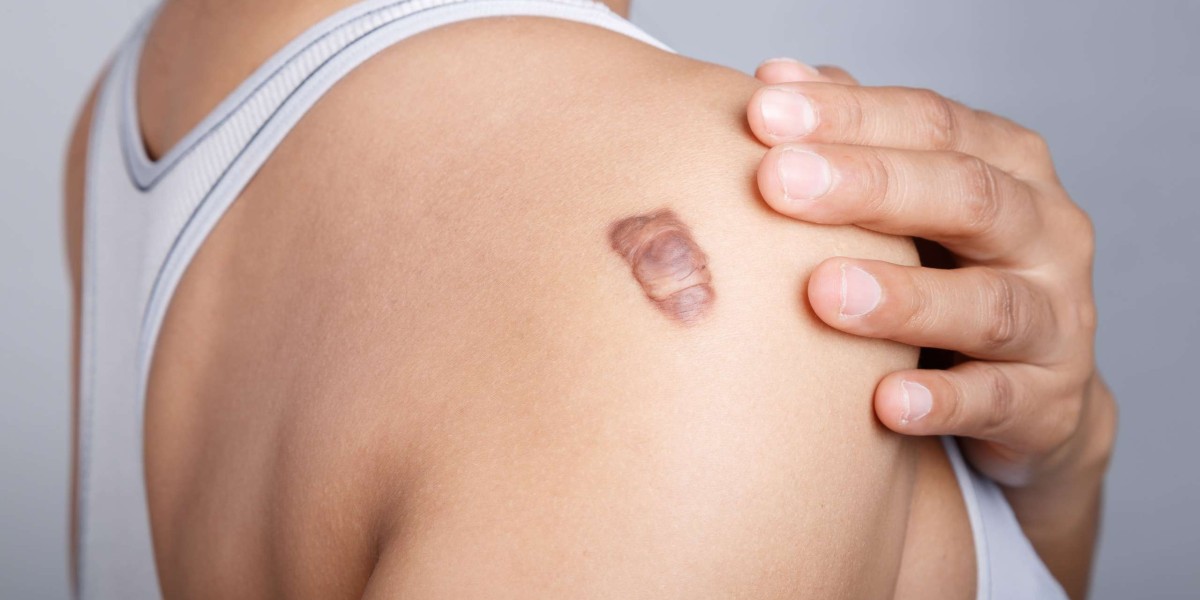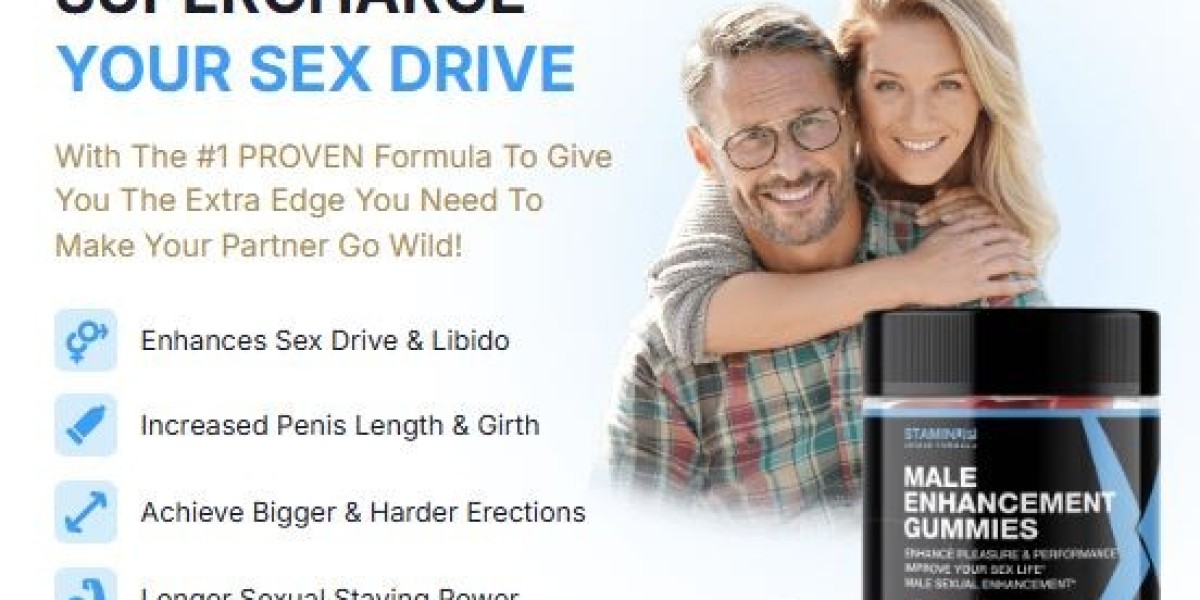Keloids are raised, thick, and often discolored scars that result from the overgrowth of fibrous tissue after a skin injury or surgical procedure. They can be itchy, painful, and cosmetically distressing for many individuals. Keloids are notoriously difficult to treat, but among the several management options available today, pressure therapy stands out as a non-invasive, cost-effective method. Often used in conjunction with other treatments, pressure therapy helps prevent the formation of keloids and reduce their size over time. For those exploring options for Keloid Treatment in Islamabad, pressure therapy is frequently recommended in post-treatment care by many skin specialists.
What Is Pressure Therapy?
Pressure therapy is a conservative treatment method involving the application of continuous pressure to a healing wound or formed keloid using specially designed garments, bandages, silicone sheets, or custom-made compression devices. The goal is to flatten the keloid by compressing the scar tissue, thereby limiting blood flow and reducing collagen production, which is the main contributor to keloid formation.
Originally introduced for burn victims, pressure therapy has since been adopted for managing hypertrophic scars and keloids, particularly after surgeries, piercings, or traumatic skin injuries.
How Does Pressure Therapy Work?
The working mechanism of pressure therapy is grounded in mechanical compression and reduced vascularity. Here's how it helps:
1. Collagen Regulation
Continuous pressure disrupts the fibroblasts (cells responsible for collagen production), thereby reducing the excessive collagen build-up that leads to keloid formation.
2. Reduced Blood Flow
By compressing blood vessels within the keloid, pressure therapy limits oxygen and nutrient supply to the scar tissue, preventing it from growing larger.
3. Skin Remodeling
Gradual and consistent compression encourages the keloid to become softer, flatter, and less discolored, improving the overall cosmetic appearance.
4. Prevention of Keloid Recurrence
Pressure garments are commonly used after keloid excision surgeries to prevent the scar from returning.
Types of Pressure Devices Used
Different tools are used depending on the location, size, and shape of the keloid:
1. Pressure Garments
Made from elastic fabrics, these garments are custom-designed to fit snugly over large areas such as the chest, arms, or legs. They're often used after burns or surgical procedures.
2. Silicone Gel Sheets with Pressure Pads
These offer a dual benefit—hydration from silicone and compression from pressure pads. Ideal for small to medium-sized keloids.
3. Compression Earrings or Clips
Commonly used for earlobe keloids after piercings. These earrings apply consistent pressure to help flatten the scar and prevent regrowth.
4. Custom-Made Compression Devices
For keloids in hard-to-reach or contoured areas like the jawline or shoulders, custom compression splints or pads may be fabricated for maximum effect.
Who Should Use Pressure Therapy?
Pressure therapy is especially effective for:
Individuals recovering from surgical scar excision
Patients with burn scars
People with a genetic predisposition to keloids
Individuals undergoing piercings or tattoos in keloid-prone areas
Children and adults alike (when properly supervised)
How to Use Pressure Therapy Effectively
To achieve the best results, it is critical to follow a consistent and guided approach:
Begin Early: Start pressure therapy as soon as the wound closes or within the early healing phase.
Wear Time: Garments or devices should be worn for 12–24 hours daily, with only short breaks for hygiene and rest.
Duration: Treatment usually continues for 6–12 months, depending on the severity and size of the keloid.
Monitor Skin Health: Regularly check for signs of irritation, rashes, or infection.
Professional Guidance: Always consult a dermatologist or cosmetic specialist for proper fitting and treatment customization.
Advantages of Pressure Therapy
Non-invasive and Painless
Cost-effective
Suitable for Prevention and Treatment
Can Be Combined with Other Therapies
Customizable to Any Body Part
These benefits make pressure therapy a preferred first-line or post-treatment option for both patients and dermatologists.
Challenges and Limitations
Despite its benefits, pressure therapy has some limitations:
Requires Long-term Commitment: Consistent use over months is necessary for results.
Discomfort: Continuous pressure may cause sweating, itching, or discomfort.
Not Effective Alone for Large Keloids: Better results when combined with steroid injections, laser therapy, or cryotherapy.
Difficult for Irregular Areas: Custom devices may be needed for curved or bony surfaces.
Combining Pressure Therapy with Other Treatments
For optimal outcomes, pressure therapy is often combined with:
1. Steroid Injections
These reduce inflammation and help soften the keloid, making it more responsive to pressure therapy.
2. Laser Therapy
Pressure garments are often used post-laser treatment to prevent scar thickening.
3. Surgical Removal
After excising the keloid, pressure therapy minimizes the risk of recurrence.
4. Cryotherapy
Post-cryotherapy pressure helps maintain the flatness of the treated scar area.
This multimodal approach enhances treatment effectiveness and long-term scar control.
Evidence and Studies
Several clinical studies have demonstrated the efficacy of pressure therapy:
Burn Clinics report significant improvements in scar texture and thickness with regular pressure garment use.
Post-surgical keloid patients showed a lower recurrence rate when pressure therapy was implemented immediately after wound closure.
A study published in the Journal of Burn Care & Research concluded that consistent pressure of 24–30 mmHg was most effective for scar suppression.
While more controlled trials are needed, current evidence supports pressure therapy as an essential component of comprehensive keloid care.
When to Avoid Pressure Therapy
Pressure therapy may not be suitable for everyone. Avoid use if:
You have open wounds or active infections
You experience poor blood circulation
There are signs of allergic reactions or excessive skin irritation
You cannot commit to long-term compliance
Always consult with a certified dermatologist or cosmetic expert before beginning treatment.
Conclusion
Pressure therapy is a proven and practical solution for keloid prevention and management. By applying consistent compression, this method reduces collagen buildup, flattens raised scars, and enhances the overall appearance of the skin. While it may not work as a standalone treatment for very large or mature keloids, it plays a vital role in post-treatment maintenance and is highly recommended as a preventive measure after surgical procedures or injuries.
For those seeking professional guidance and comprehensive scar care, the SKN Cosmetics clinic offers specialized solutions for Keloid Treatment in Islamabad. Their expert dermatologists ensure personalized plans that combine the latest therapies—including pressure garments—for effective and long-lasting results in keloid reduction.








